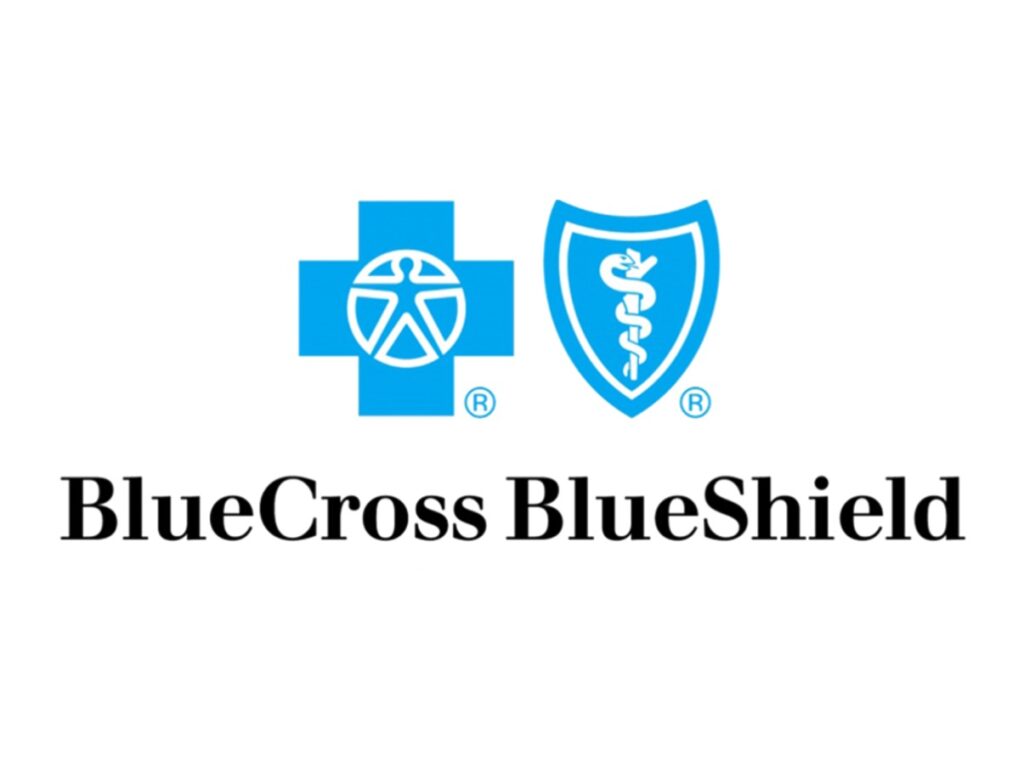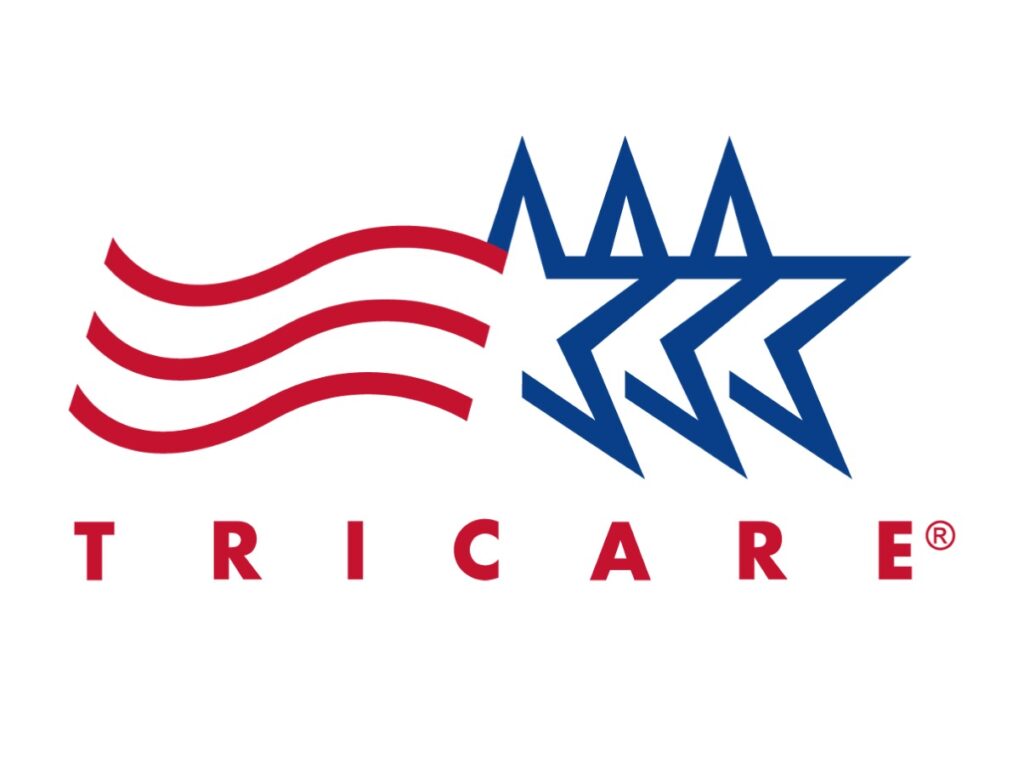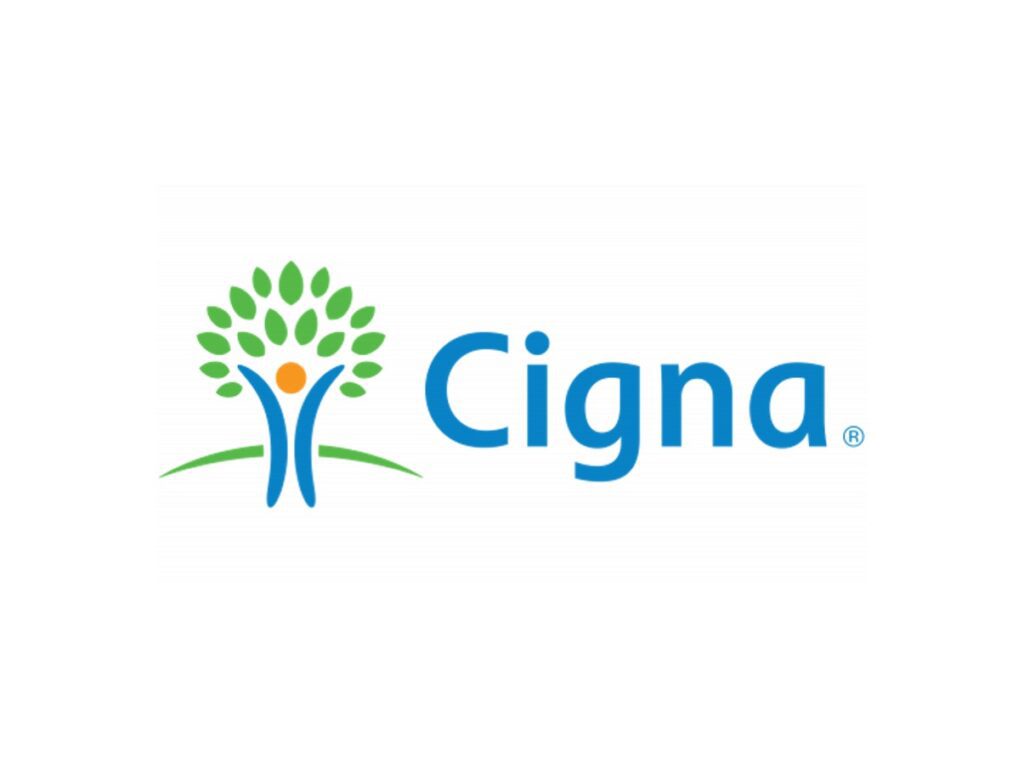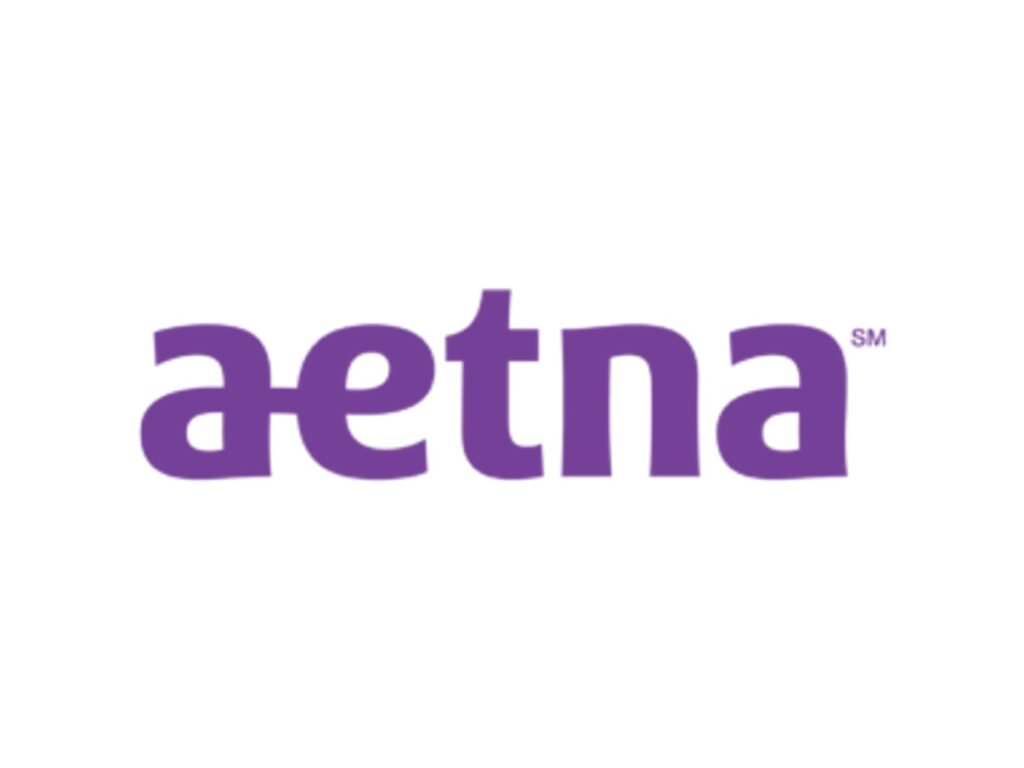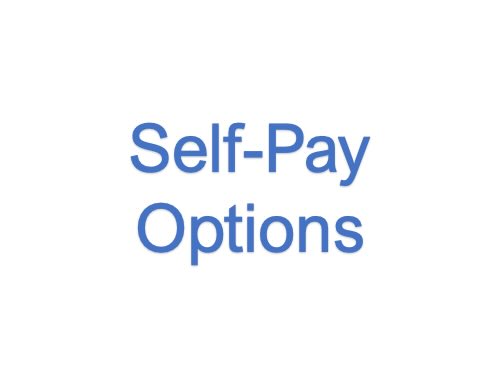What is an Electroencephalogram (EEG)?
An electroencephalogram (EEG) is a risk-free, non-invasive, and painless procedure conducted at our office on Montana ave in El Paso, Texas.
An EEG is a test that captures electrical impulses or “Brainwaves” and provides critical information about the brain’s health and function. EEG measures brain waves in terms of electrical activity across time, allowing the relative dominance of different types of waves to be determined.
An EEG can aid in the diagnosis, monitoring, and exclusion of medical disorders. An EEG does not diagnose or treat any disease.

EEG Measures Brain Waves
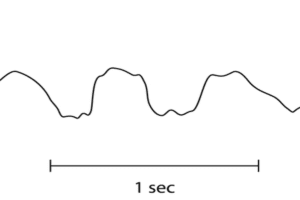
Delta Waves
Delta waves have a frequency of three hertz or less. It has the greatest amplitude and moves the slowest. It is usual as the main rhythm in babies up to one year old, as well as in sleep phases 3 and 4. It might manifest as isolated subcortical lesions or as widespread lesions, metabolic encephalopathy, hydrocephalus, or deep midline lesions.
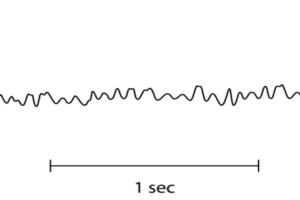
Alpha Waves
The frequency of alpha waves ranges between 7.5 and 13 Hz. Is often found in the posterior portions of the head on either side, with the dominant side having a greater amplitude. It emerges when you close your eyes and rest, and it disappears when you open your eyes or are alerted by any mechanism (thinking, calculating). It is the predominant rhythm observed in typical, calm people.
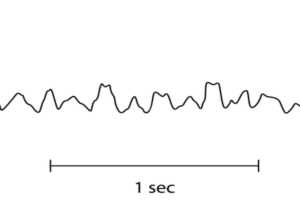
Theta Waves
Theta waves have a frequency range of 3.5 to 7.5 Hz and are considered "slow" activity. It is totally natural in youngsters under the age of 13 and when sleeping, but odd in conscious adults. It can appear as a sign of localized subcortical lesions; it can also appear in a broad distribution in diffuse illnesses such as metabolic encephalopathy or in some cases of hydrocephalus.
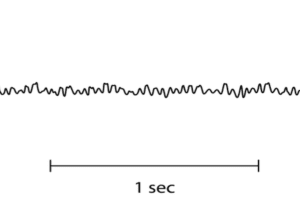
Beta Waves
Beta waves have a frequency of 14 Hz or higher. It is most visible frontally and is frequently observed on both sides in symmetrical distribution. Sedative-hypnotic medicines, particularly benzodiazepines and barbiturates, amplify it. In areas of cortical injury, it may be absent or diminished. It is widely accepted as a natural beat. When patients are attentive, worried, or have their eyes open, this is the prevailing rhythm.
Why is an EEG Done?
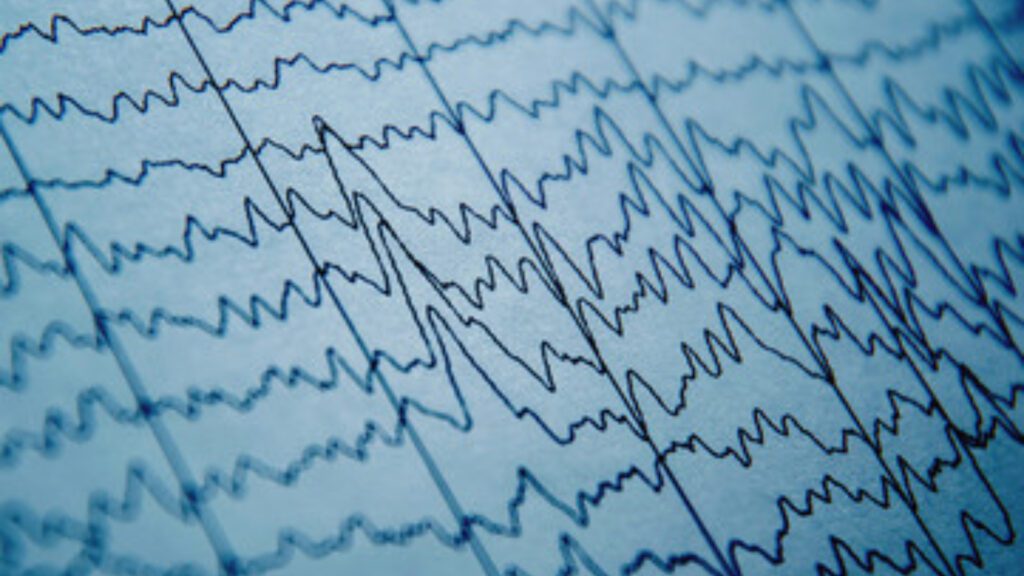
An EEG provides us with a individual’s brain map that is used to validate symptoms such as attention/concentration, focus, memory, anxiety, depression, and difficulties with impulse control.
EEGs are a vital tool allows providers to confirm or rule out a variety of conditions, including:
- Mood Disorders
- Anxiety Disorders
- ADD/ADHD
- Memory problems
- Attention Problems
* EEGs are also used by our clinic to improve Transcranial Magnetic Stimulation (TMS) by tailoring treatments to each individual unique brain map.
Advanced In-depth EEG Reports
We use an advanced EEG system which does not use messy gels and provides us with accurate and precise EEG data. This system combines critical information and EEG to give a comprehensive but simple report.
This is one tool our providers will use in diagnosis, treatment planning, and personalized transcranial magnetic stimulation (TMS) therapy.
Here are some sample biomarker match from EEG report – The green represents the percent match with EEG biomarkers for different psychiatric conditions. The red represents your reported symptoms.
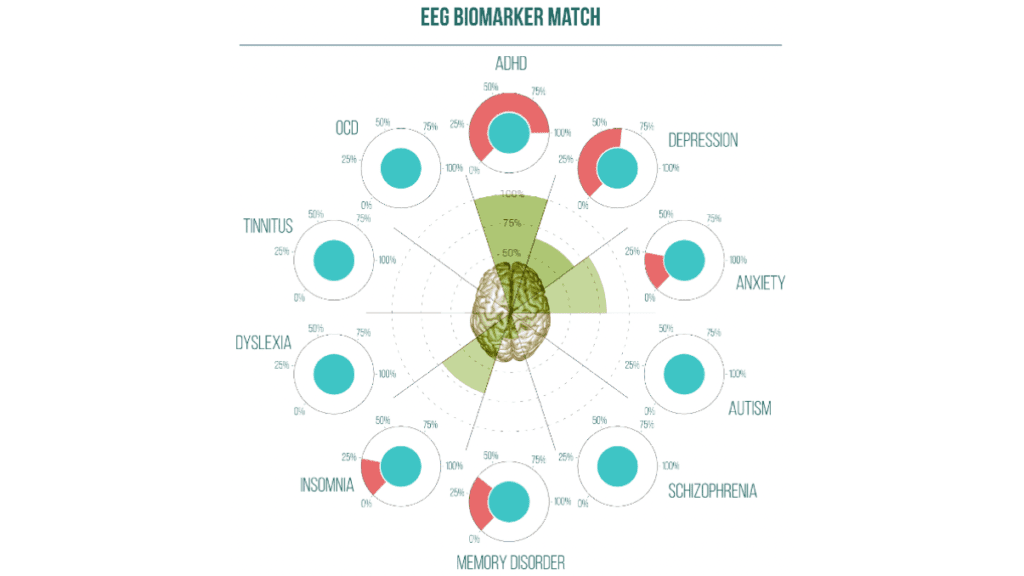
Before Your Appointment
Login to the patient portal and complete the required psychological testing consent form.
The night before your appointment, try to get a good night’s sleep – coming well rested will make sure we have an accurate picture of your mental health.
- Come with your hair washed and dried.
- DO NOT use any products such as gel, oils, hairspray, leave-in conditioners, etc.
- DO NOT wear makeup or apply cosmetic products to your face.
- Abstain from drugs and heavy drinking at least three days prior to the testing appointment.
During Your Appointment
The EEG takes about 45 minutes to complete
The trained EEG technician will guide you though the entire testing process.
Next, you will seated in a comfortable chair. Then our trained technicians will place the device and calibrate it. This may take anywhere from 5 to 25 minutes. There is no sensation with the recording of the EEG data.
Once the device is calibrated, you will perform 2 simple tasks. First, you will sit with your eyes closed for 10 minutes. Next, you will sit with your eyes opened for 10 minutes. Then the technicians will remove the device.
Once finishing the EEG, you will then schedule your follow-up appointment.
Follow-Up Appointment
Our providers collaborate with a psychiatrist for full EEG evaluation. They provide the doctor with critical information from your medical history, notes from your psychiatric evaluation, and past appointments.
During your followup appointment, your provider will review your results, discuss recommendations, and determine which treatment options are best for you.
You will be provided with a copy of results.
Understanding Your Insurance's Coverage
Some insurances offer coverage for EEG. Our team will work closely with your health insurance benefits, manage any necessary pre-authorizations, and ensure you are fully informed about your coverage and costs prior to your appointment.
